Violin mutes attaches to the bridge of the violin and reduces the instrument’s volume and alters its tone by dampening the vibrations. Mutes come in various shapes, sizes, and materials, each offering different levels of sound dampening.
Types of Violin Mutes
- Practice Mutes
- Material: Usually made of heavy rubber or metal.
- Dampening Level: Provides maximum sound reduction, making it ideal for silent practice.
- Usage: Great for practicing in environments where minimal noise is preferred.
- Orchestral Mutes
- Material: Often made of rubber, plastic, or wood.
- Dampening Level: Provides moderate sound reduction, sufficient for blending the violin sound in an orchestral setting.
- Usage: Used during orchestral performances when a piece of music requires a softer sound.
- Tourte Mutes
- Design: Small, round, and typically made of rubber.
- Usage: Designed to stay on the violin when not in use by attaching to the strings behind the bridge, making it easy to engage and disengage during performances.
- Wire Mutes
- Design: Made from metal wire, providing a lighter dampening effect.
- Usage: Ideal for subtle sound changes without significantly altering the volume.
Key Features
- Ease of Attachment
- Quick Installation: Most mutes can be quickly attached or removed from the bridge.
- Secure Fit: Designed to fit securely on the bridge without slipping during play.
- Material
- Rubber: Common for practice mutes, providing significant dampening.
- Metal: Often used for practice mutes, offering maximum sound reduction.
- Plastic/Wood: Used for orchestral mutes, balancing dampening and tone quality.
- Size and Shape
- Compact Design: Ensures the mute does not interfere with playing technique.
- Variety: Available in different shapes and sizes to suit player preferences and specific sound requirements.
Benefits
- Volume Control: Reduces the volume of the violin, allowing for quiet practice and performance.
- Tone Modification: Alters the tone of the instrument, adding a different character to the sound as required by specific pieces.
- Convenience: Easy to attach and remove, providing flexibility for different playing situations.
How to Use a Violin Mute
- Positioning: Place the mute on top of the bridge, aligning it with the strings.
- Attachment: Gently press the mute onto the bridge until it fits snugly.
- Adjustment: Ensure the mute sits evenly on the bridge for balanced sound dampening.
- Removal: Carefully lift the mute off the bridge when not in use.
Maintenance Tips for Violin mutes
- Regular Cleaning: Wipe the mute with a soft, dry cloth to remove any dust or rosin buildup.
- Check for Wear: Inspect the mute regularly for signs of wear or damage, especially rubber mutes, and replace if necessary.
- Proper Storage: Store the mute in a safe place when not in use to prevent damage or loss.
Violin mutes are versatile tools that enhance a violinist’s ability to control volume and tone, making them indispensable for practice and performance. By selecting the right type of mute and using it correctly, musicians can achieve the desired sound quality and maintain a comfortable playing experience.
For more details and to explore our full range of the equipment, visit internationalviolin website.
For more professional equipment options, visit blessedtechhorizon.com

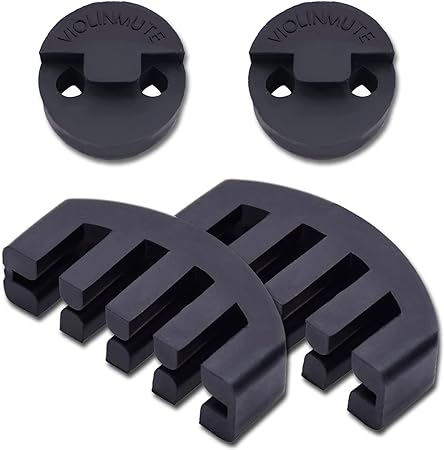
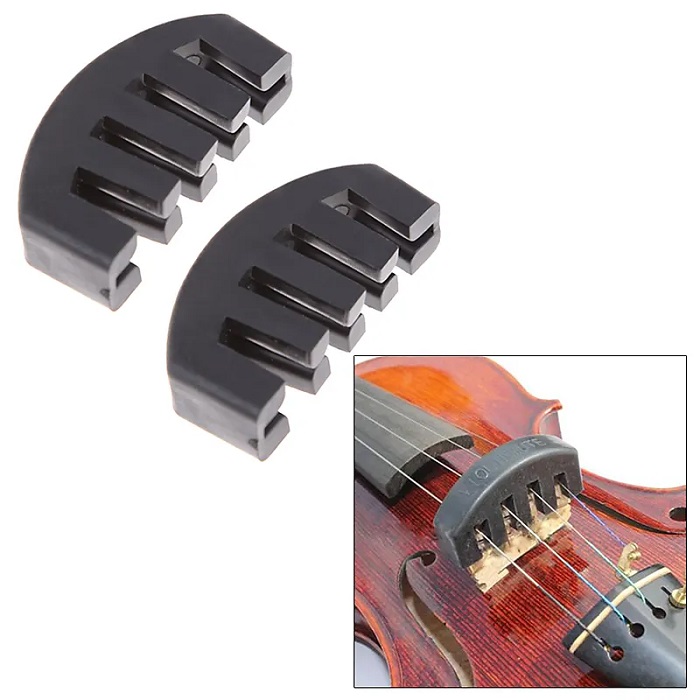
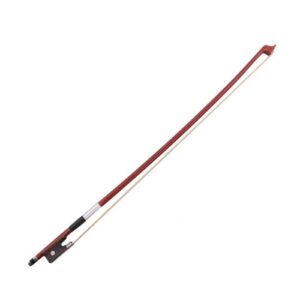
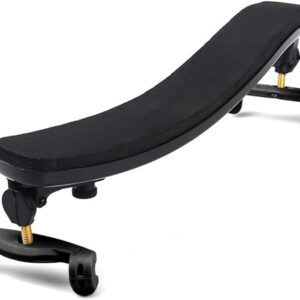
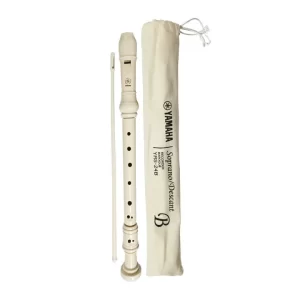
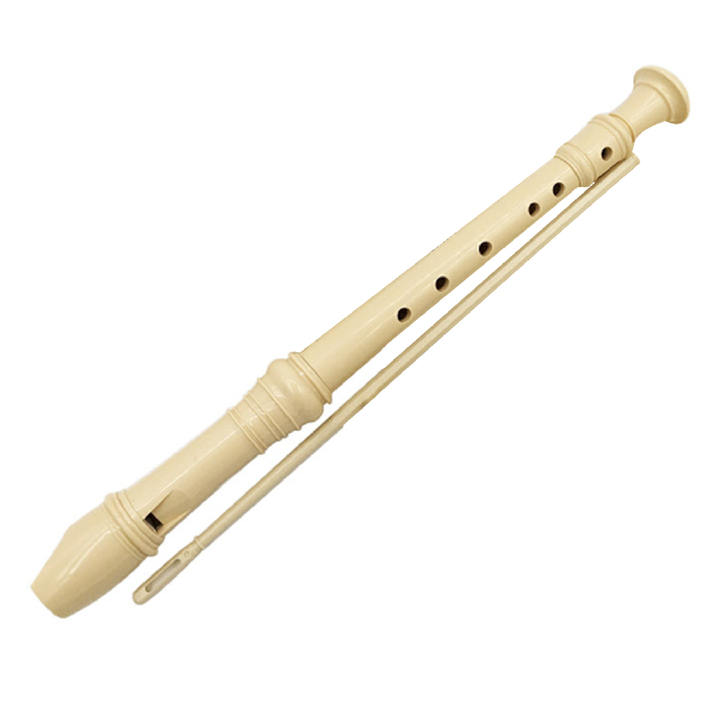

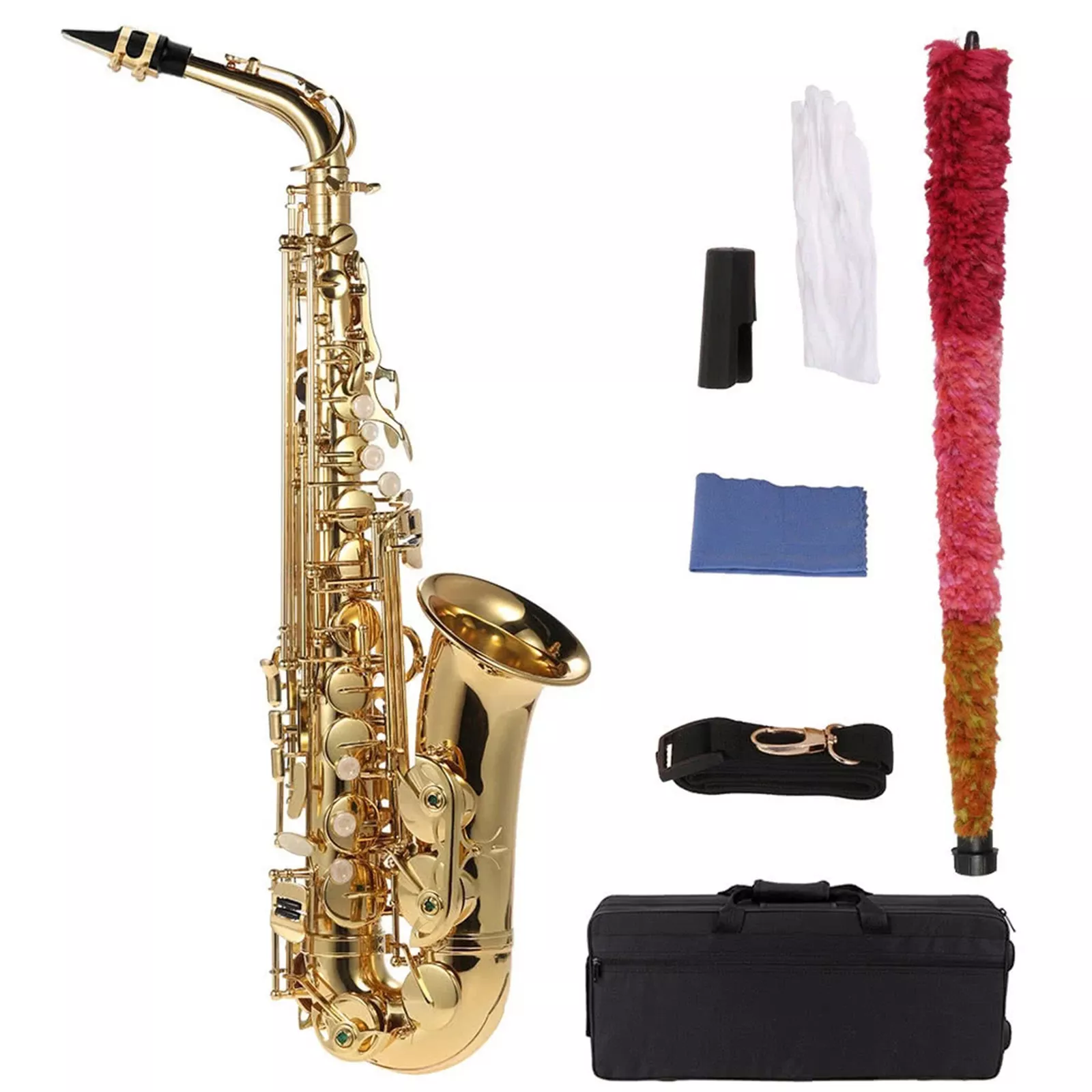
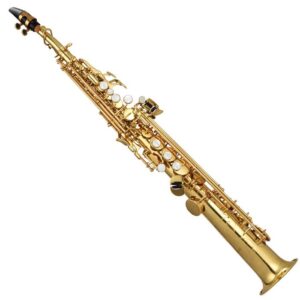

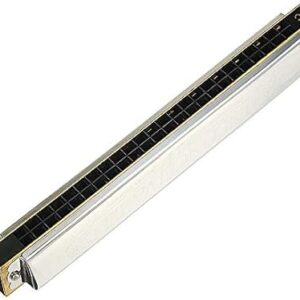
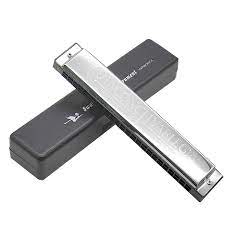
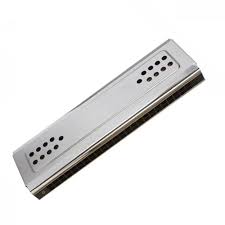
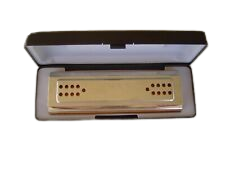

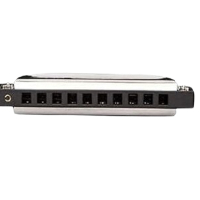

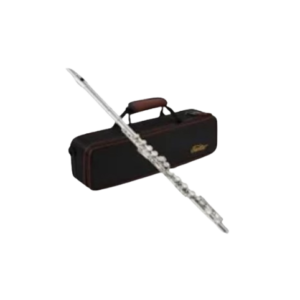
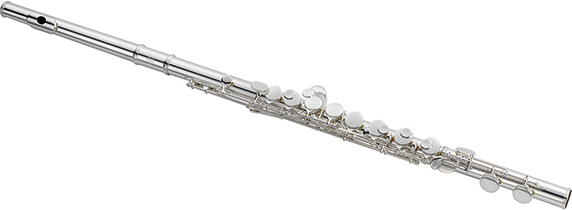

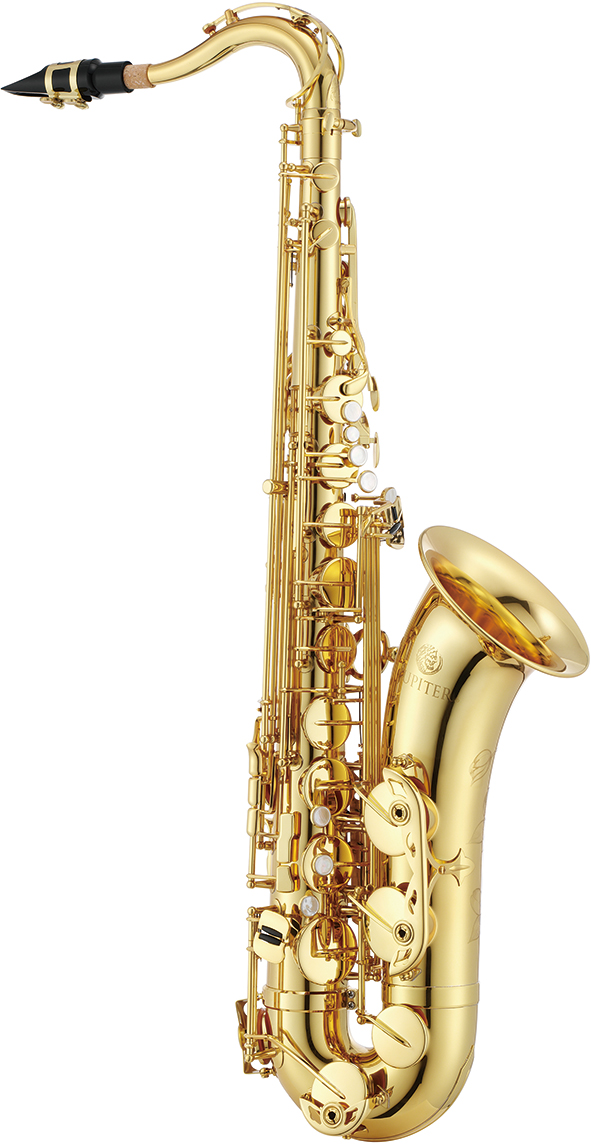
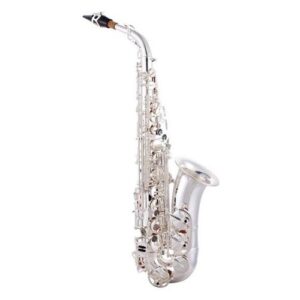
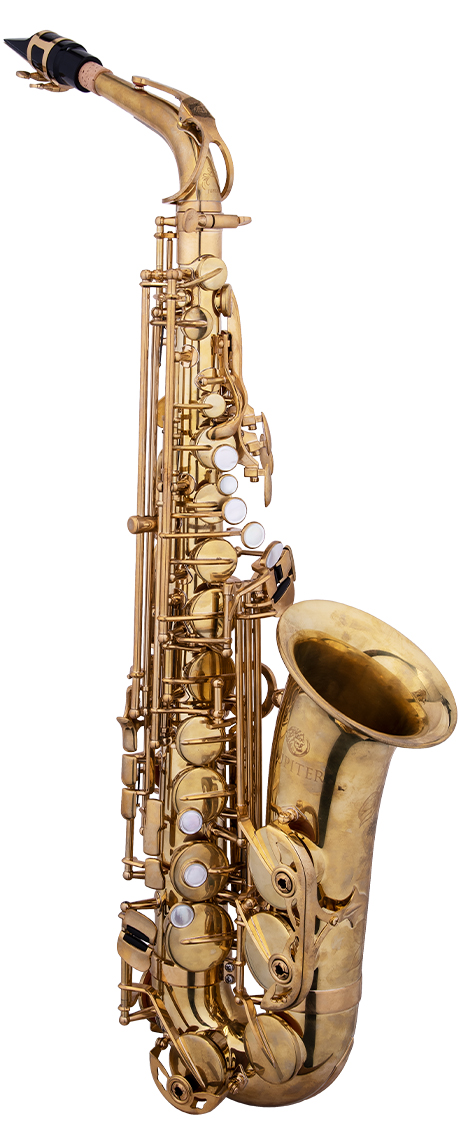
Reviews
There are no reviews yet.